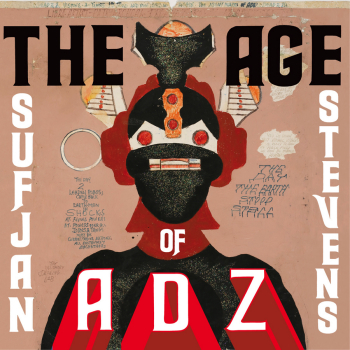THE AGE OF ADZ, A NEW ALBUM FROM SUFJAN STEVENS


Last week we had the pleasure of releasing the All Delighted People EP (available for download for $5 and free stream right here). And the week before we announced a fall tour (tickets are still for sale here, but selling quickly).
And today, we are proud to announce the upcoming release of The Age of Adz (pronounced Odds), the first song-based full-length from Sufjan Stevens since 2005's Illinois. The Age of Adz will drop on October 12th (CD, MP3) with a double-LP following on November 9th.
For the next three weeks you can preorder the CD and LP and receive an MP3 download on September 28th, two weeks before the release date.
Preorder it all right here.
It’s much too soon to cast descriptive lots, but we can say the new album sounds nothing like the All Delighted EP (although it shares similar themes of love, loss, and the apocalypse). Nor is this new album built around any conceptual underpinning (no odes to states, astrology, or urban expressways).
We can say it shows an extensive use of electronics (banjos and acoustic guitars give way to drum machines and analog synthesizers), and an obsession with cosmic fantasies (space, heaven, aliens, love), to create an explicit pop-song extravaganza, augmented by heavy orchestration, and maybe even a few danceable moments. Enjoy Your Rabbit meets the BQE. But with songs. Verse, chorus, bridge, backbeat. Gated reverb. Space echo. Get your boogey on.
The “Adz” of the title loosely refers to the apocalyptic paintings of outsider artist Royal Robertson (1930-1997), whose work is used for the album cover, interior design, and as general inspiration for the tone of the album.
Let's Stay Connected
Get updates on the latest Asthmatic Kitty releases.


